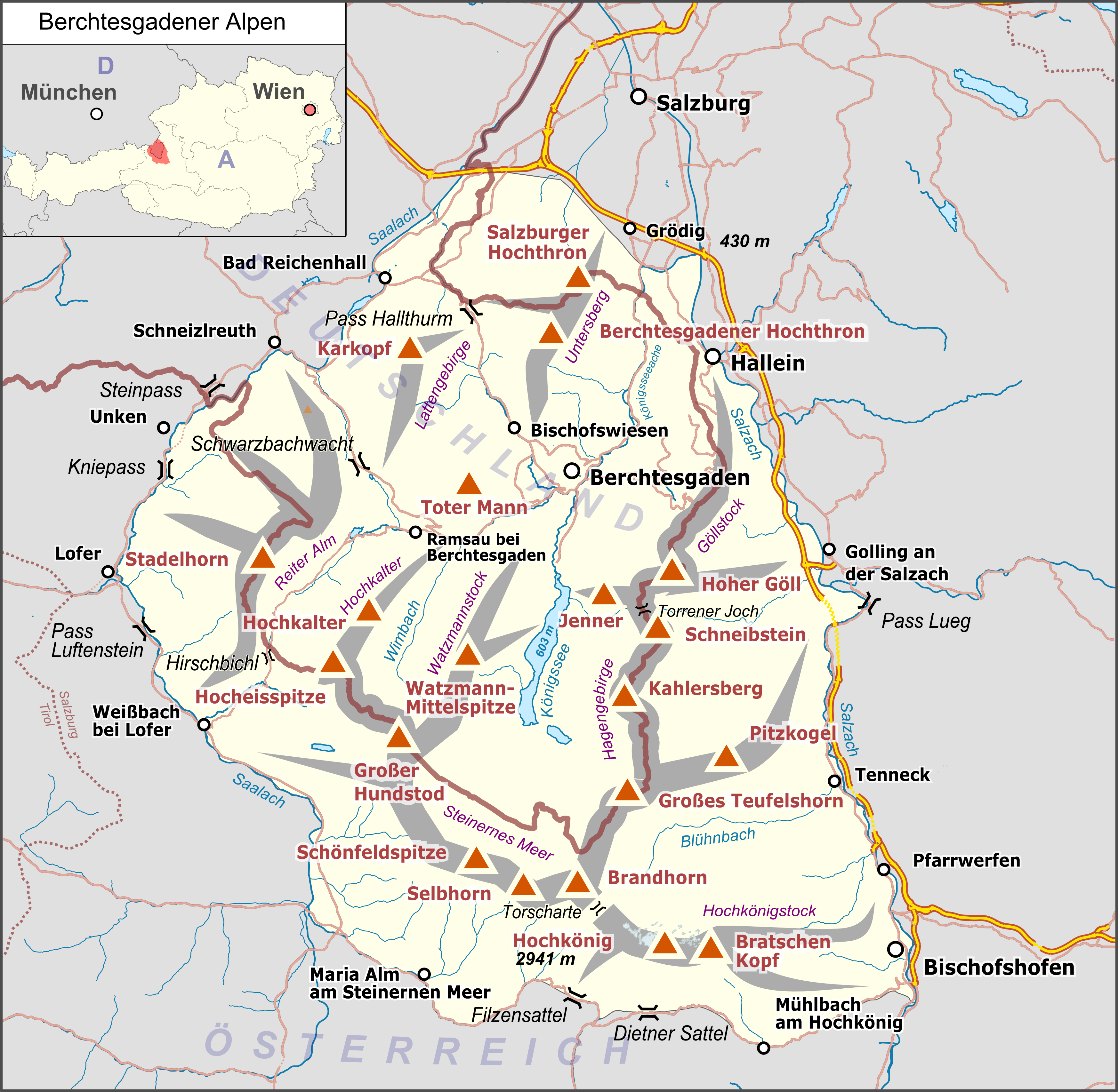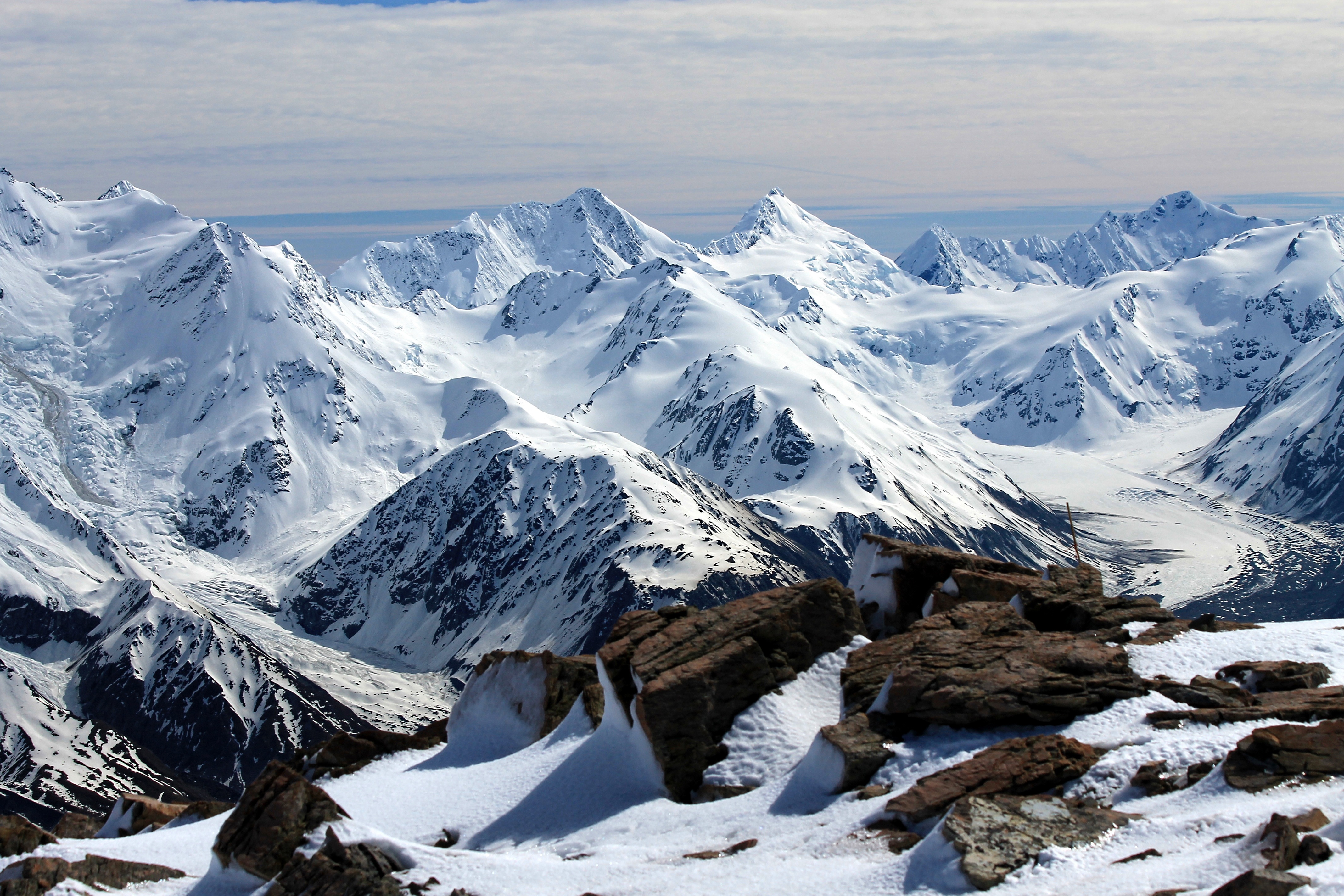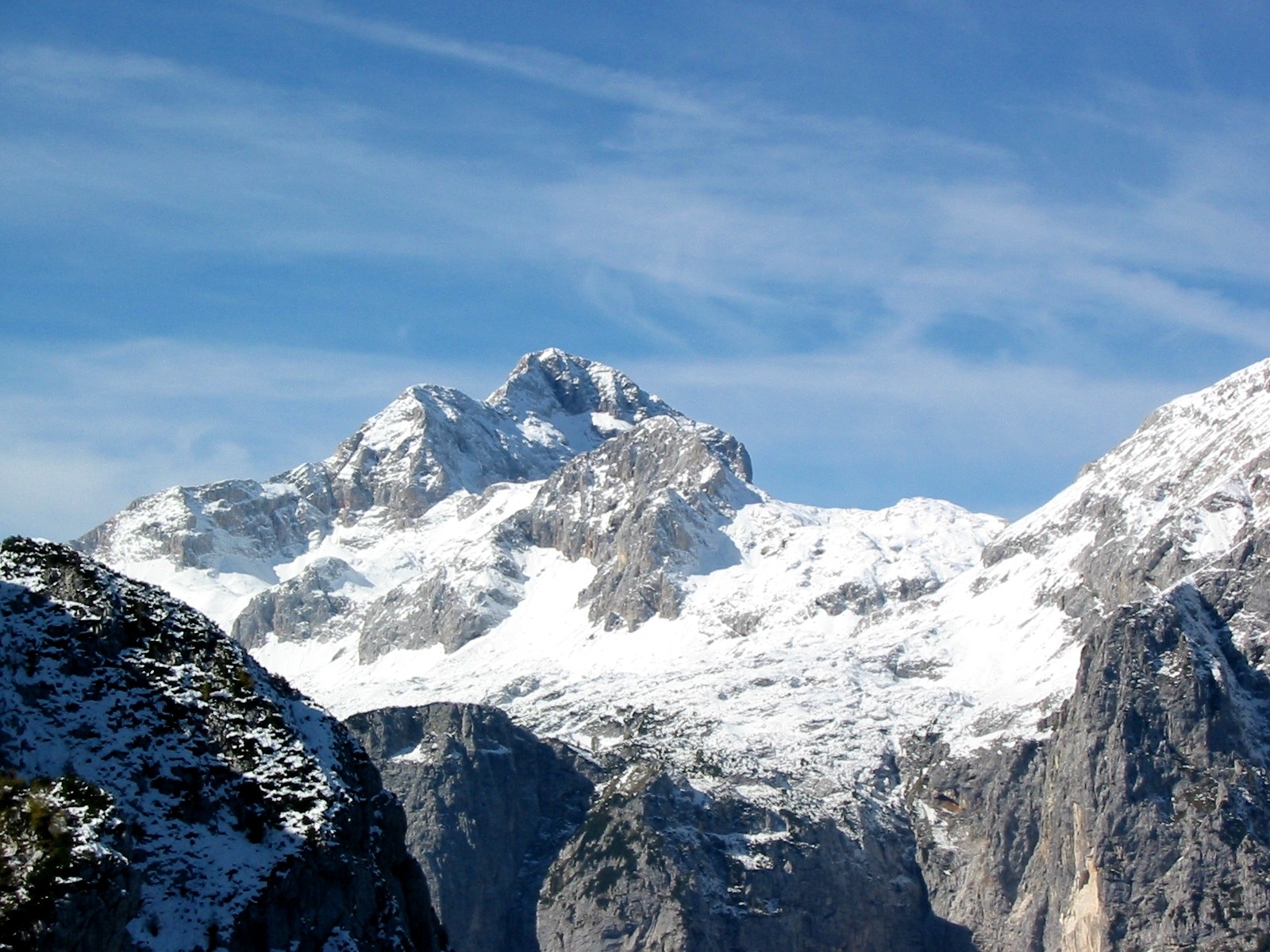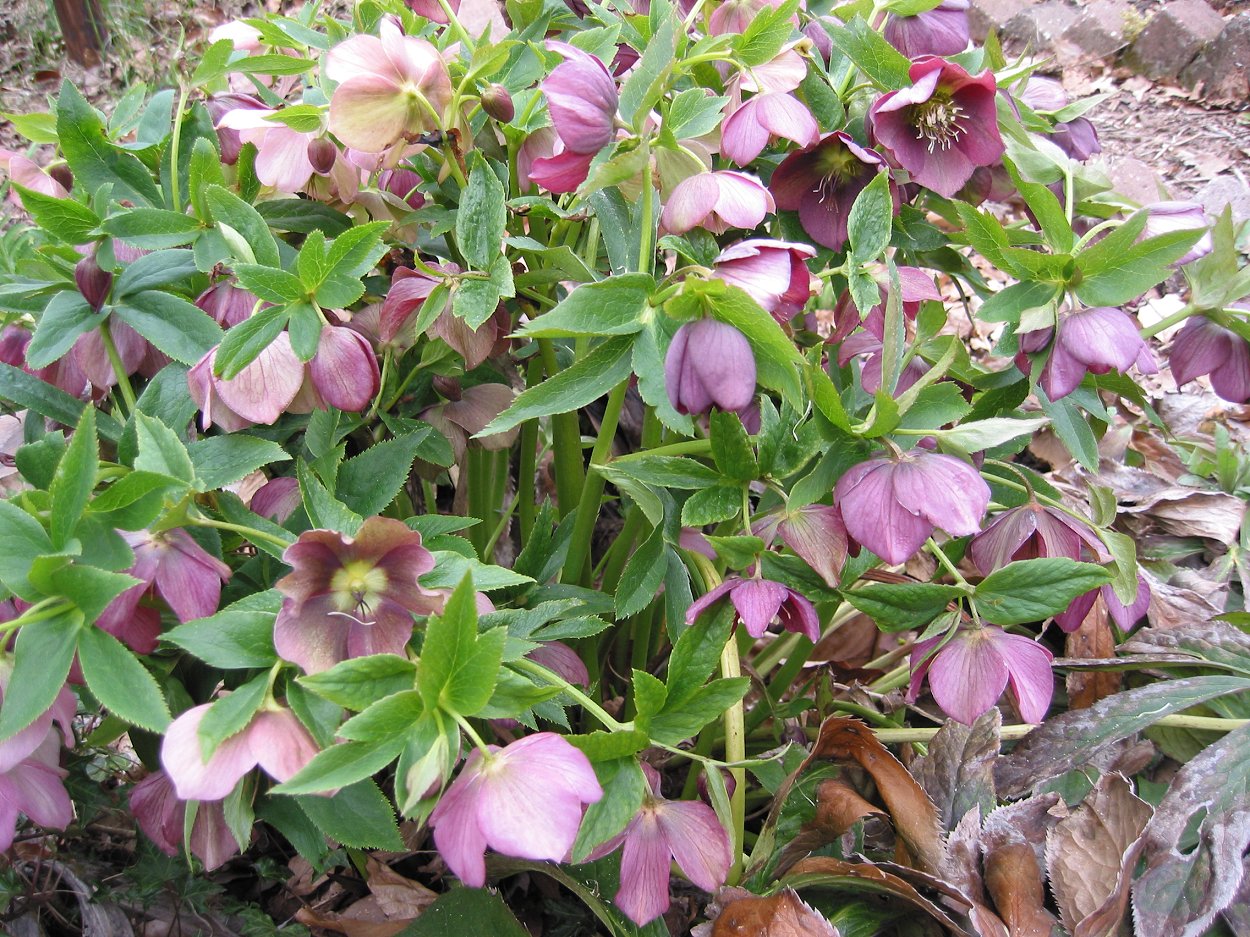|
Black Hellebore
''Helleborus niger'', commonly called Christmas rose or black hellebore, is an evergreen Perennial plant, perennial flowering plant in the buttercup family, Ranunculaceae. It is one of about 20 species from the genus Hellebore. It is a poisonous cottage garden favourite because it flowers in the depths of winter. Although the flowers resemble dog rose, wild roses (and despite its common name), Christmas rose does not belong to the rose family (Rosaceae). Taxonomy The black hellebore was described by Carl Linnaeus in volume one of his ''Species Plantarum'' in 1753. The Latin specific name ''niger'' (black) may refer to the colour of the roots. There are two subspecies: ''H. niger'' subsp. ''niger'' and ''H. niger'' subsp. ''macranthus'', which has larger flowers (up to 3.75 in/9 cm across). In the wild, ''H. niger'' subsp. ''niger'' is generally found in mountainous areas in Switzerland, southern Germany, Austria, Slovenia, Croatia and northern Italy. ''Helleborus nige ... [...More Info...] [...Related Items...] OR: [Wikipedia] [Google] [Baidu] |
Carl Linnaeus
Carl Linnaeus (23 May 1707 – 10 January 1778), also known after ennoblement in 1761 as Carl von Linné,#Blunt, Blunt (2004), p. 171. was a Swedish biologist and physician who formalised binomial nomenclature, the modern system of naming organisms. He is known as the "father of modern Taxonomy (biology), taxonomy". Many of his writings were in Latin; his name is rendered in Latin as and, after his 1761 ennoblement, as . Linnaeus was the son of a curate and was born in Råshult, in the countryside of Småland, southern Sweden. He received most of his higher education at Uppsala University and began giving lectures in botany there in 1730. He lived abroad between 1735 and 1738, where he studied and also published the first edition of his ' in the Netherlands. He then returned to Sweden where he became professor of medicine and botany at Uppsala. In the 1740s, he was sent on several journeys through Sweden to find and classify plants and animals. In the 1750s and 1760s, he co ... [...More Info...] [...Related Items...] OR: [Wikipedia] [Google] [Baidu] |
Pedate
In biology, a pedate structure is a structure that resembles feet, or has a quality of feet. It derives from the Latin verb "pedo", meaning "to furnish with feet". Plants Botanically, the term is used to describe compound leaves, veins, or other structures, where the divisions of that structure arise from a central point (as in a palmate structure), but the lateral divisions are further cleft in two. More broadly, it can be used to describe a compound leaf with a terminal leaflet and branching axes to either side which curve outward and backward, to which leaflets are attached on the outer side of the curve. Animals In animals, the term "pedate" is used to mean "having feet," a sense that includes the tube feet of echinoderms as well as the vertebrate foot The foot (: feet) is an anatomical structure found in many vertebrates. It is the terminal portion of a limb which bears weight and allows locomotion. In many animals with feet, the foot is an organ at the terminal part ... [...More Info...] [...Related Items...] OR: [Wikipedia] [Google] [Baidu] |
Allgäu Alps
The Allgäu Alps () are a mountain range in the Northern Limestone Alps, located on the Austria–Germany border, which covers parts of the Germany, German states of Bavaria and Baden-Württemberg and the Austrian states of Tyrol (state), Tyrol and Vorarlberg. The range lies directly east of Lake Constance. Character The mountain range is characterised by an unusual variety of rock formations and consequently a rich tapestry of landscapes, in particular, the steep "grass mountains" (''Grasberge'') of the Allgäu Alps with gradients of up to 70°. Its flora is amongst the most varied in the whole Alpine region and its accessibility by lifts and paths is outstanding. The mountain paths (''Höhenwege'') running from hut to hut are well known and hikers can spend seven to ten days walking in the mountains without descending to inhabited valleys. Thanks to its location on the northern edge of the Alps, the region has relatively high precipitation and is the rainiest in Germany. In wi ... [...More Info...] [...Related Items...] OR: [Wikipedia] [Google] [Baidu] |
Bavaria
Bavaria, officially the Free State of Bavaria, is a States of Germany, state in the southeast of Germany. With an area of , it is the list of German states by area, largest German state by land area, comprising approximately 1/5 of the total land area of Germany, and with over 13.08 million inhabitants, it is the list of German states by population, second most populous German state, behind only North Rhine-Westphalia; however, due to its large land area, its population density is list of German states by population density, below the German average. Major cities include Munich (its capital and List of cities in Bavaria by population, largest city, which is also the list of cities in Germany by population, third largest city in Germany), Nuremberg, and Augsburg. The history of Bavaria includes its earliest settlement by Iron Age Celts, Celtic tribes, followed by the conquests of the Roman Empire in the 1st century BC, when the territory was incorporated into the provinces of Ra ... [...More Info...] [...Related Items...] OR: [Wikipedia] [Google] [Baidu] |
Berchtesgaden Alps
The Berchtesgaden Alps (, ) are a mountain range of the Northern Limestone Alps, named after the market town of Berchtesgaden located in the centre. It is crossed by the Austria–Germany border: the central part belongs to the Berchtesgadener Land district of southeastern Bavaria, Germany, while the adjacent area in the north, east and south is part of the Austrian state of Salzburg (state), Salzburg (''Salzburger Land''). Geography Mountains and lakes While the highest mountain of the Berchtesgaden Alps is the Hochkönig () located in the Austrian part, the best known peak is the Watzmann massif, the third-highest mountain of Germany at . The range also comprises the Obersalzberg slope east of Berchtesgaden, known for the former Berghof (residence), Berghof residence of Adolf Hitler. The picturesque heart is formed by the glacial Königssee lake with the famous St. Bartholomew's Church, Berchtesgaden, St. Bartholomew's pilgrimage church and the smaller Obersee (Königssee), O ... [...More Info...] [...Related Items...] OR: [Wikipedia] [Google] [Baidu] |
Balkan
The Balkans ( , ), corresponding partially with the Balkan Peninsula, is a geographical area in southeastern Europe with various geographical and historical definitions. The region takes its name from the Balkan Mountains that stretch throughout the whole of Bulgaria. The Balkan Peninsula is bordered by the Adriatic Sea in the northwest, the Ionian Sea in the southwest, the Aegean Sea in the south, the Turkish straits in the east, and the Black Sea in the northeast. The northern border of the peninsula is variously defined. The highest point of the Balkans is Musala, , in the Rila mountain range, Bulgaria. The concept of the Balkan Peninsula was created by the German geographer August Zeune in 1808, who mistakenly considered the Balkan Mountains the dominant mountain system of southeastern Europe spanning from the Adriatic Sea to the Black Sea. In the 19th century the term ''Balkan Peninsula'' was a synonym for Rumelia, the parts of Europe that were provinces of the Ottoman E ... [...More Info...] [...Related Items...] OR: [Wikipedia] [Google] [Baidu] |
Apennines
The Apennines or Apennine Mountains ( ; or Ἀπέννινον ὄρος; or – a singular with plural meaning; )Latin ''Apenninus'' (Greek or ) has the form of an adjective, which would be segmented ''Apenn-inus'', often used with nouns such as ("mountain") or Greek (), but ''Apenninus'' is just as often used alone as a noun. The ancient Greeks and Romans typically but not always used "mountain" in the singular to mean one or a range; thus, "the Apennine mountain" refers to the entire chain and is translated "the Apennine mountains". The ending can vary also by gender depending on the noun modified. The Italian singular refers to one of the constituent chains rather than to a single mountain, and the Italian plural refers to multiple chains rather than to multiple mountains. are a mountain range consisting of parallel smaller chains extending the length of peninsular Italy. In the northwest they join the Ligurian Alps at Altare. In the southwest they end at Reggio di ... [...More Info...] [...Related Items...] OR: [Wikipedia] [Google] [Baidu] |
Vorarlberg
Vorarlberg ( ; ; , , or ) is the westernmost States of Austria, state () of Austria. It has the second-smallest geographical area after Vienna and, although it also has the second-smallest population, it is the state with the second-highest population density (also after Vienna). It borders three countries: Germany (Bavaria and Baden-Württemberg via Lake Constance), Switzerland (Grisons and Canton of St. Gallen, St. Gallen), and Liechtenstein. The only Austrian state that shares a border with Vorarlberg is Tyrol (state), Tyrol, to the east. The capital of Vorarlberg is Bregenz (29,698 inhabitants), although Dornbirn (49,845 inhabitants) and Feldkirch, Vorarlberg, Feldkirch (34,192 inhabitants) have List of cities and towns in Austria, larger populations. Vorarlberg is also the only state in Austria where the local dialect is not Austro-Bavarian dialects, Austro-Bavarian, but rather an Alemannic dialects, Alemannic dialect; it therefore has much more in common culturally with (hi ... [...More Info...] [...Related Items...] OR: [Wikipedia] [Google] [Baidu] |
Southern Alps
The Southern Alps (; officially Southern Alps / Kā Tiritiri o te Moana) are a mountain range extending along much of the length of New Zealand, New Zealand's South Island, reaching its greatest elevations near the range's western side. The name "Southern Alps" generally refers to the entire range, although separate names are given to many of the smaller ranges that form part of it. The range includes the South Island's Main Divide, which separates the drainage basin, water catchments of the more heavily populated eastern side of the island from those on the west coast. Politically, the Main Divide forms the boundary between the Marlborough Region, Marlborough, Canterbury Region, Canterbury and Otago regions of New Zealand, regions to the southeast and the Tasman Region, Tasman and West Coast, New Zealand, West Coast regions to the northwest. Names The Māori language, Māori name of the range is , meaning "the Fata Morgana (mirage), Mirage of the Ocean". The English people, ... [...More Info...] [...Related Items...] OR: [Wikipedia] [Google] [Baidu] |
Julian Alps
The Julian Alps (, , , , ) are a mountain range of the Southern Limestone Alps that stretches from northeastern Italy to Slovenia, where they rise to 2,864 m at Mount Triglav, the highest peak in Slovenia. A large part of the Julian Alps is included in Triglav National Park. The second highest peak of the range, the 2,755 m high Jôf di Montasio, lies in Italy. The Julian Alps cover an estimated 4,400 km2 (of which 1,542 km2 lies in Italy). They are located between the Sava Valley and Canale Valley. They are divided into the Eastern and Western Julian Alps. Name The Julian Alps were known in antiquity as ''Alpes Iuliae'', and also attested as ''Alpes Julianae'' AD 670, ''Alpis Julia'' 734, and ''Alpes Iulias'' in 1090. Like the municipium of ''Forum Julii'' (now Cividale del Friuli) at the foot of the mountains, the range was named after Julius Caesar of the gens Julia, perhaps due to a road built by Julius Caesar and completed by Augustus. Eastern Julian A ... [...More Info...] [...Related Items...] OR: [Wikipedia] [Google] [Baidu] |
Northern Alps (Europe)
The Northern Limestone Alps (), also called the Northern Calcareous Alps, are the ranges of the Eastern Alps north of the Central Eastern Alps located in Austria and the adjacent Bavarian lands of southeastern Germany. The distinction from the latter group, where the higher peaks are located, is based on differences in geological composition. Geography If viewed on a west–east axis, the Northern Limestone Alps extend from the Rhine valley and the Bregenz Forest in Vorarlberg, Austria in the west extending along the border between the German federal-state of Bavaria and Austrian Tyrol, through Salzburg, Upper Austria, Styria and Lower Austria and finally ending at the Wienerwald at the city-limits of Vienna in the east. The highest peaks in the Northern Limestone Alps are the Parseierspitze () in the Lechtal Alps,Reynolds, Kev (2010). ''Walking in the Alps'', Cicerone, . and the Hoher Dachstein (). Other notable peaks in this range include the Zugspitze, (), located on the Ge ... [...More Info...] [...Related Items...] OR: [Wikipedia] [Google] [Baidu] |
Helleborus Niger Volunteer Seedling 02
Commonly known as hellebores (), the Eurasian genus ''Helleborus'' consists of approximately 20 species of herbaceous or evergreen perennial flowering plants in the family Ranunculaceae, within which it gave its name to the tribe of Helleboreae. Many hellebore species are poisonous. Despite common names such as ''winter rose'', ''Christmas rose'', and ''Lenten rose'', hellebores are not closely related to the rose family (Rosaceae). Etymology The common name "hellebore" is first attested in 1300s; it originates, via Old French and Latin">-4; we might wonder whether there's a point at which it's appropriate to talk of the beginnings of French, that is, when it wa ... and Latin, ultimately from . Although traditionally translated as "plant eaten by fawns", this could be folk etymology and, according to Beekes, really a Pre-Greek word. It is false friend, ''not'' related to the word "hell", despite the toxic nature of this plant. In Anglo-Saxon England, the Anglo-Latin word '' ... [...More Info...] [...Related Items...] OR: [Wikipedia] [Google] [Baidu] |









